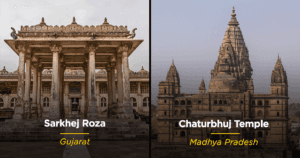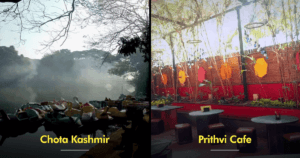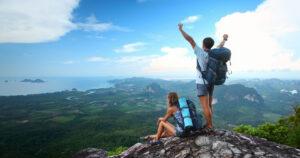Ahead of World Environment Day, it’s time to step back and look at the damage humans have caused. Bright Side put out a list of pictures that NASA released, which show the difference over years and it’s evident that the planet is changing radically and for the worse — endangered species, global warming and fast disappearing green forests. It looks like if we don’t do some serious damage control, we are in for it.
Amidst the gradual awakening about detrimental climate change, these pictures really drive it home.
Matterhorn Mountain in the Alps,1960 — August, 2005.
Matterhorn mountain with its steep sides is known as an irresistible challenge for mountaineers but climate change has stripped the mountain of its snow with lumps of rock falling off.
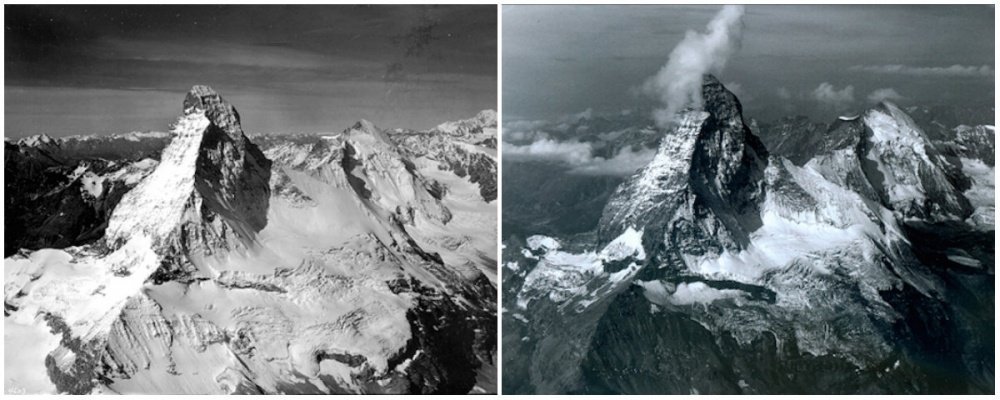
Pedersen Glacier, Alaska. Summer, 1917 — summer, 2005
The scenic Pedersen glacier’s retreat was a scary 510 m between 1973-1986 and 110 m (8 m/year) from 1986-2000. The picture taken in 2005 shows only patches of snow with vegetation springing up.
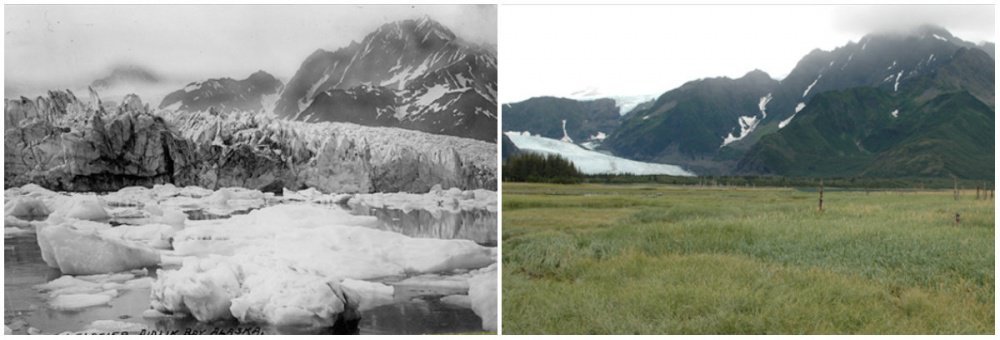
Forests in Rondonia, Brazil. June, 1975 — August, 2009
The Rondonia forests once stretched across 51.4 million acres but now, due to deforestation, 67,764 square kilometres of the forests—an area larger than the state of West Virginia, lies barren.
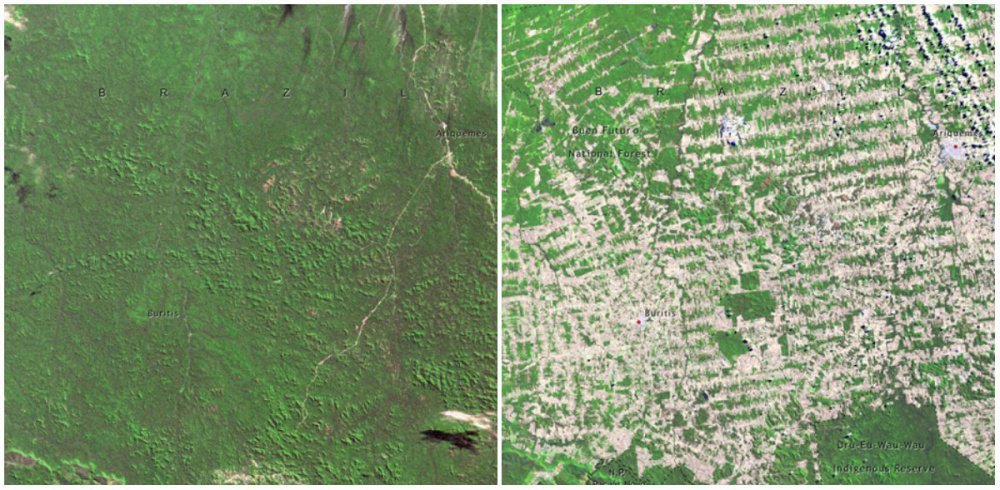
Muir Glacier, Alaska. August, 1941 — August, 2004.
In the space of 63 years, the Muir Glacier is no longer visible, as it has retreated more than 50 kilometres.
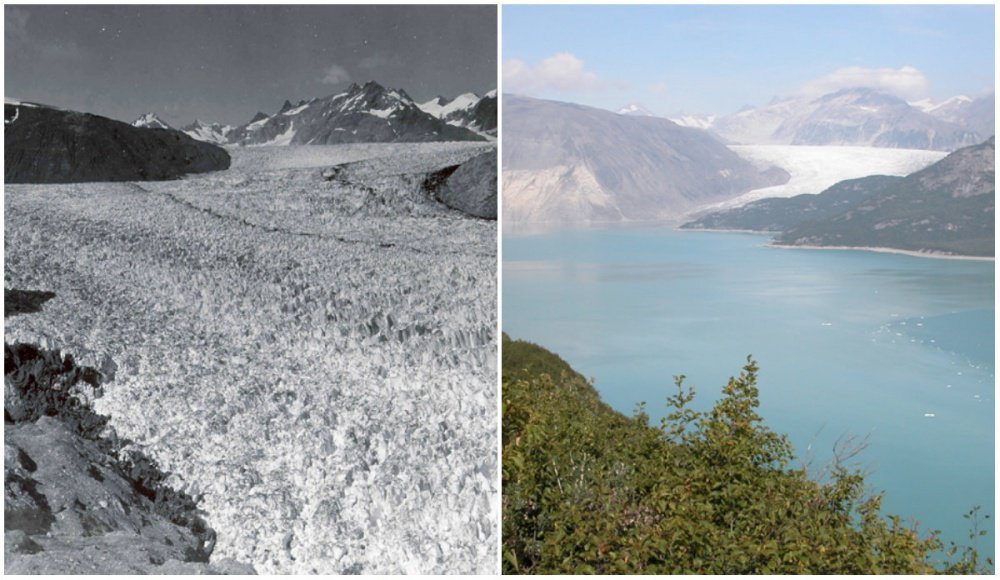
Powell Lake, Arizona and Utah. March, 1999 — May, 2014
The Powell lake with its towering sandstone cliffs and magnificent rocks has featured in movies like Gravity, Planet of the Apes and in episodes of Doctor Who. The lake is now dried up because of diminished snowfall from the Rockies.
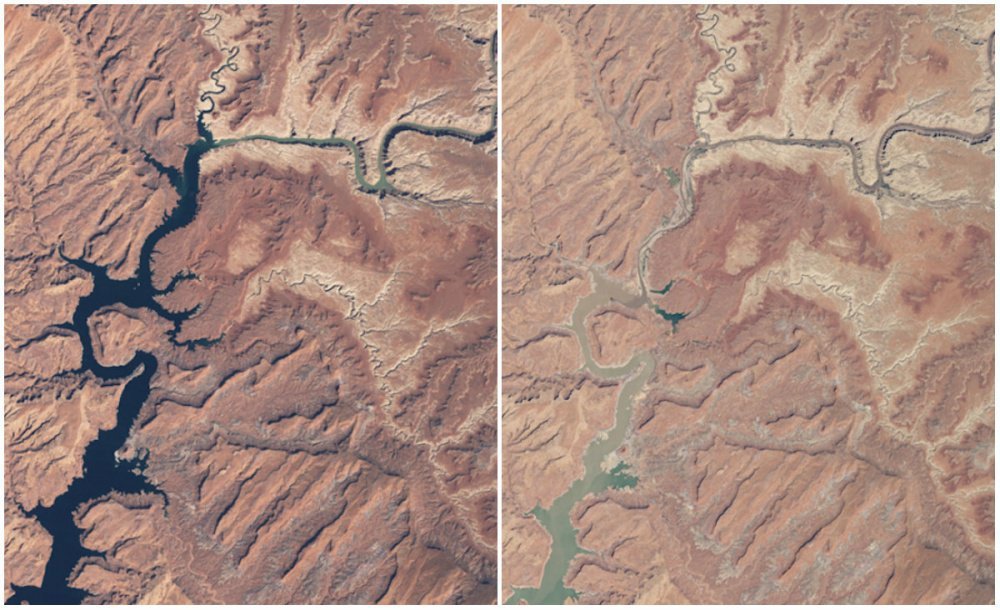
McCarty Glacier, Alaska. July, 1909 — August, 2004
The picture taken in August, 2004 from the same spot shows a retreat of more than 15 kilometres, with vegetation coming up on the hill slopes.
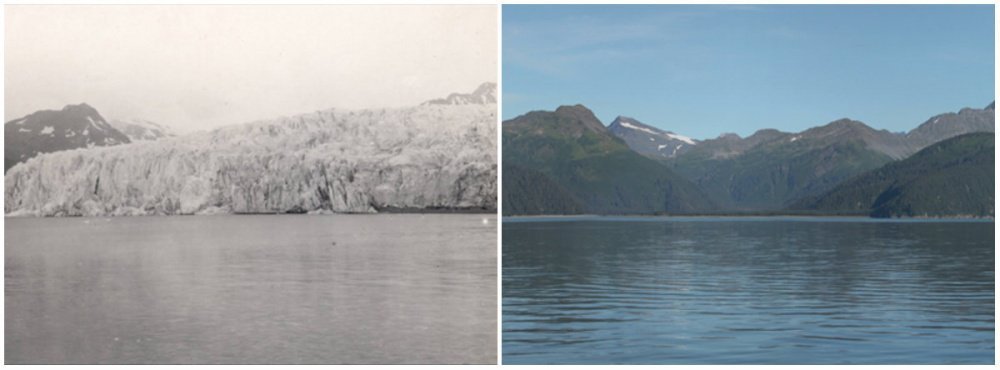
Aral Sea, Central Asia. August, 2000 — August, 2014
What was once known as one of the four largest lakes in the world, is now termed as ‘one of the planet’s worst environmental disasters’. The rivers that fed it were diverted for a Russian irrigation project and now the eastern basin of the Aral lies barren.
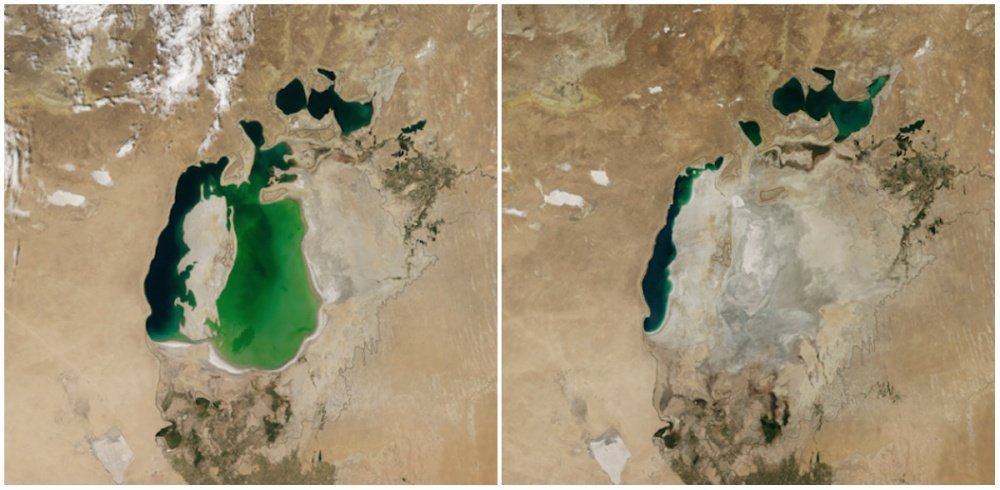
Qori Kalis Glacier, Peru. July, 1978 — July, 2011
Since 1963, the Qori Kalis Glacier retreated by almost 50% and in 1991 a vast pro-glacial lake began forming where the bottom of the glacier used to be.
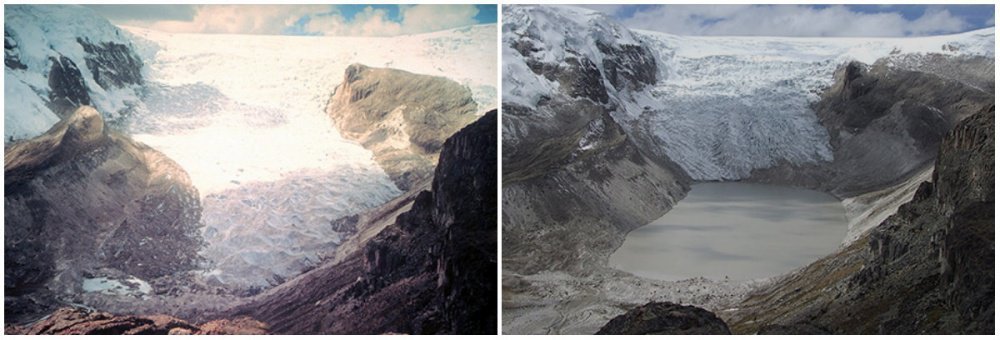
Mar Chiquita Lake, Argentina. July, 1998 — September, 2011
A severe drought in Argentina led to a prominent reduction in the area of the Mar Chiquita Lake.
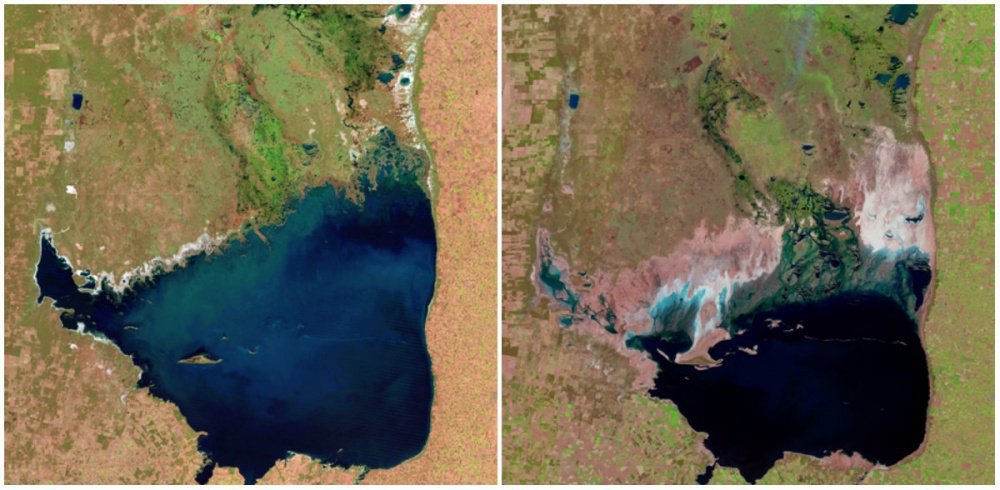
Bear Glacier, Alaska. July, 1909 — August, 2005
The scenic Bear glacier thinned by about 2.5 feet (0.75 m) per year between 1950s–1990s.
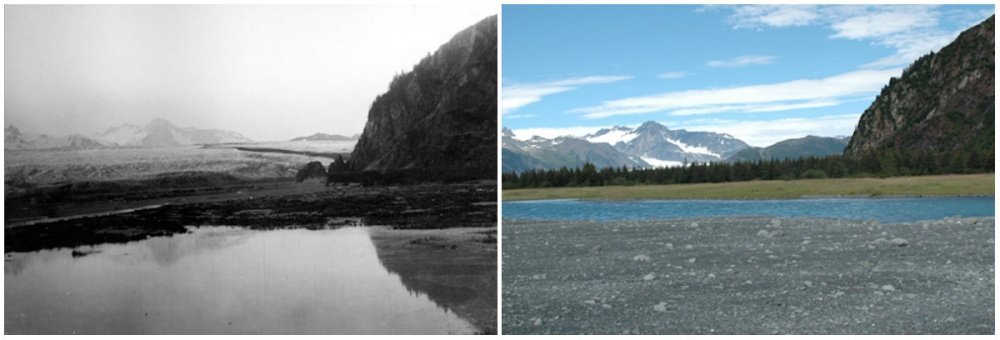
Image Source: NASA




